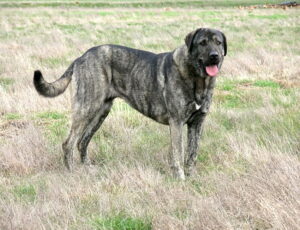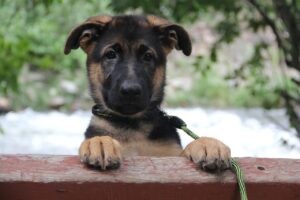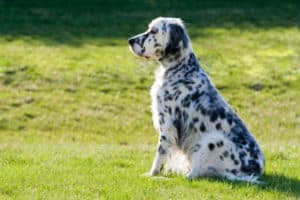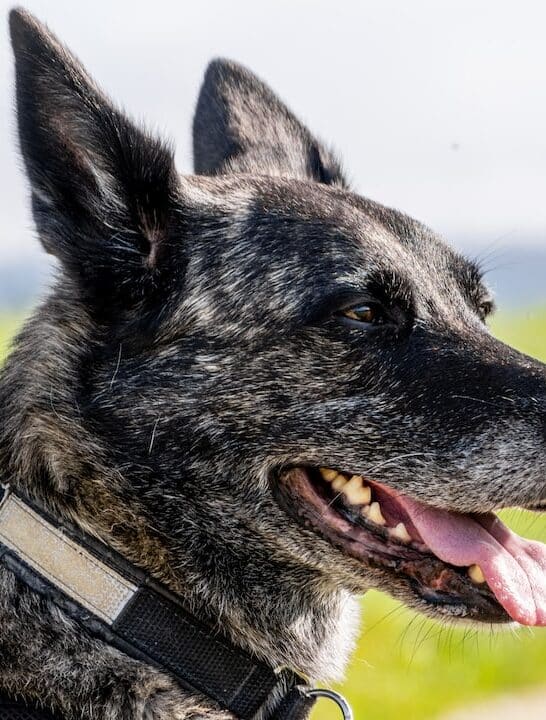Do Dutch Shepherds Have Webbed Feet: All About the Dutch Shepherd Dog’s Special Feet
Dutch Shepherd dogs are amazingly athletic. When it comes to physical fitness and endurance sports, it seems like this dog breed can do it all.
Water is no exception. While not all Dutch Shepherds love swimming in the water, they can certainly swim and navigate it with relative ease.
Sometimes when you watch a Dutch Shepherd swimming around you might wonder do Dutch Shepherds have webbed feet? This is a great question!
Some dog breeds do have true webbed feet. But the Dutch Shepherd is not considered one of these, despite a suspicion of some shared breed lineage with the web-footed German Shepherd dog.
In this article, we get up close and personal with the Dutch Shepherd’s paws so you can learn everything you need to know to care for your dog’s feet.

Do Dutch Shepherds Have Webbed Feet? Yes and No
As you will notice while reading through the official Dutch Shepherd breed standard, there is no specific mention of webbed feet in the section on proper foot appearance.
In fact, as one Dutch Shepherd breeder explains, there was no real plan or push to develop the Dutch Shepherd as a formal dog breed at any point in time.
These dogs are still called “Hollanders” in their native country of the Netherlands, where they are still bred for function rather than a form as is customary for true working dogs.
What does this mean for webbing on a Dutch Shepherd’s feet? It means that it is not common but may occur since the formal breed lineage still has some mystery about it.
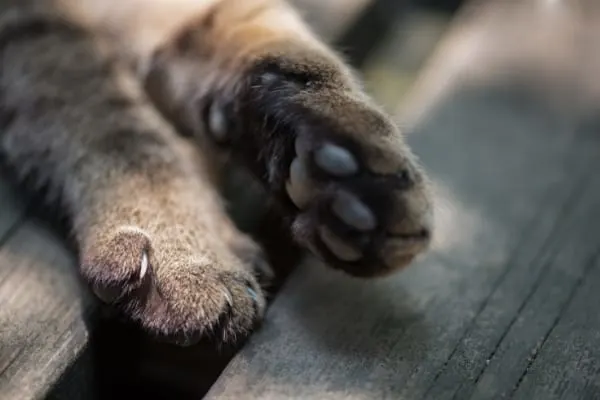
What Type of Feet Does the Dutch Shepherd Dog Have?
Did you know that modern dogs can have three basic types of feet?
As Mother Nature Network (MNN) points out, dogs can have webbed feet, cat feet, and hare feet. We will take a closer look at each foot type here.
Webbed feet
When a dog is said to have webbed feet, this means there is a visible webbing, or a thin layer of skin, that connects each paw pad (toe) to its neighbor.
All dogs have webbed feet to some degree because there is always a bit of skin that connects one toe to the next.
A dog is said to have true webbed feet when this area of skin between each toe is quite pronounced.
Webbing is particularly useful for dogs that work in the water, which the Dutch Shepherd is perfectly capable of doing.
You can watch a short video clip of a Dutch Shepherd dog in between puppyhood and adulthood learning to do his first water work.
However, Dutch Shepherds as a breed have traditionally worked in herding and livestock guarding rather than as water dogs.
One interesting fact about Dutch Shepherds is that in their early breed days as shepherd dogs, the terrain they worked on was quite sandy. So it is possible that they may have had true webbed feet in the past.
Cat feet
Cat feet get their name from the shorter, rounded appearance of these dog paws. When a dog has cat feet, the third toe bone is shortened to keep the toes more even across the foot.
This helps cat footed dogs run steadily for longer distances without fatigue or excess energy drain.
Hare feet
Hare feet get their name from their longer middle toes and shorter outer toes.
These feet look a lot like the feet of their wild namesake and produce a “springy” gait that makes these dogs particularly aerodynamic as they spring and jump.
The breed standard specifies that the most desirable look for the Dutch Shepherd paws is “oval shape” with arched toes, which places these dogs most closely in the hare feet category.
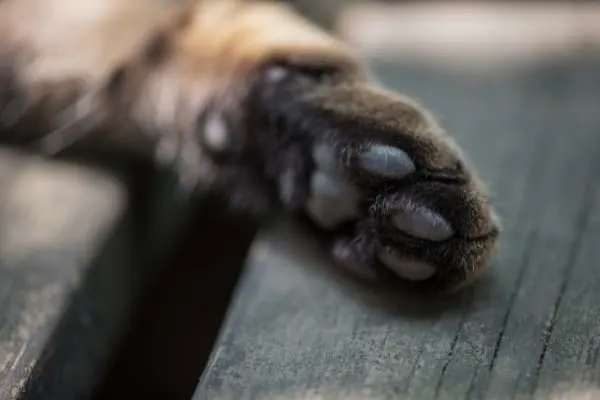
Do Dutch Shepherd Dogs Have Dewclaws? An Owner Debate
Depending on who you ask and how much experience they have with the Dutch Shepherd dog breed, these dogs do or don’t have dewclaws.
Here again, because there are some question marks along the way in this natural dog breed’s history and lineage, along with a possible cross-breeding with the German Shepherd dog, some Dutch Shepherds are born with dewclaws and some are not.
Dewclaws are thought to be residual digits that are equivalent to canine thumbs. In some dog breeds, dew claws are still important and actively used for gripping and balance.
In other dog breeds, the dewclaws may be missing or stunted. Not all dew claws have bones – some are more like flaps of skin attached to the dog’s hock (ankle area).
In the breed standard published by the American Dutch Shepherd Association (ADSA), it states that dewclaws are permissible on the front hocks and disallowed on the back hocks.
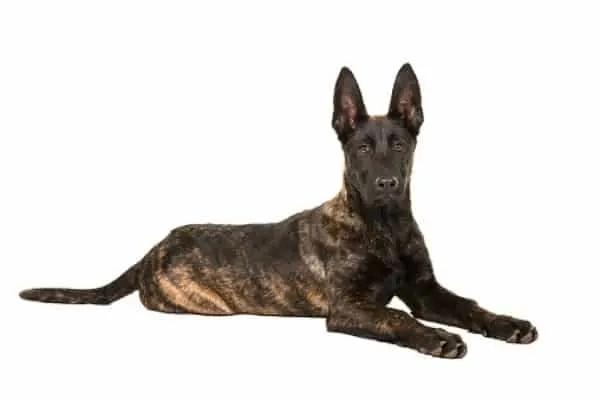
Caring for Your Dutch Shepherd Dog’s Feet
As a true working dog breed to this day, your Dutch Shepherd dog relies on their feet for everything they do.
Luckily, all the activity that a Dutch Shepherd dog needs typically keeps the nails well filed without having to do a lot of clipping for maintenance.
If you are new to the Dutch Shepherd dog breed, you may not realize that these dogs have three different coat types – another nod to the possible intermixing of different breed lines along the way.
The three coat types Dutch Shepherds are bred in today are short-hair, long-hair, and wire-hair (rough-coated).
Dutch Shepherds with short hair usually have no problem with excess hair growing between their paw pads and causing problems.
But in Dutch Shepherds with the long hair or wire/rough hair coats, you may find it necessary to trim the longer hair between the paw pads so it won’t get in your dog’s way as they are running and jumping and swimming and staying active.
It is also important to regularly examine your Dutch Shepherd’s feet both visually and with your nose.
Visually, you are looking for matted hair, abrasions, too-long or jagged nails, split or broken nails, and signs of injury or infection.
Odor-wise, you want to give your dog’s paws a good sniff to see if anything smells amiss. The most common paw problem with working dogs tends to be “Frito feet.”
Named for the popular corn chips, “Frito feet” smell is a dead giveaway for yeast infection in the feet.
This can be common in dogs that are moving over many different surfaces and may pick up bacteria or suffer abrasions that let irritants in.

Can Dutch Shepherds Swim Well?
Even though most Dutch Shepherd dogs do not have true webbed feet, they are excellent swimmers.
As you saw in the short video of the puppy earlier here, Dutch Shepherds can swim easily right from puppyhood.
When introduced in a positive and affirming way to water sports, Dutch Shepherds often greatly enjoy the water all through their life.
In fact, the Dutch Shepherd is an amazingly athletic dog overall and can excel in every canine sport, including water sports such as search and rescue or dock diving.
As the American Kennel Club (AKC) points out, Dutch Shepherds need a lot of daily exercise and activity to stay healthy and happy and are at their best when they have a physically and mentally challenging job to do.
Do you have a Dutch Shepherd dog or are you considering bringing one of these wonderful dogs into your family? Share your experiences and questions in the comments.
Related Reading: Do German Shepherds have Webbed Paws?














